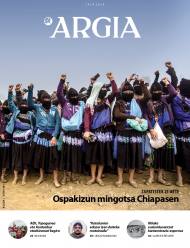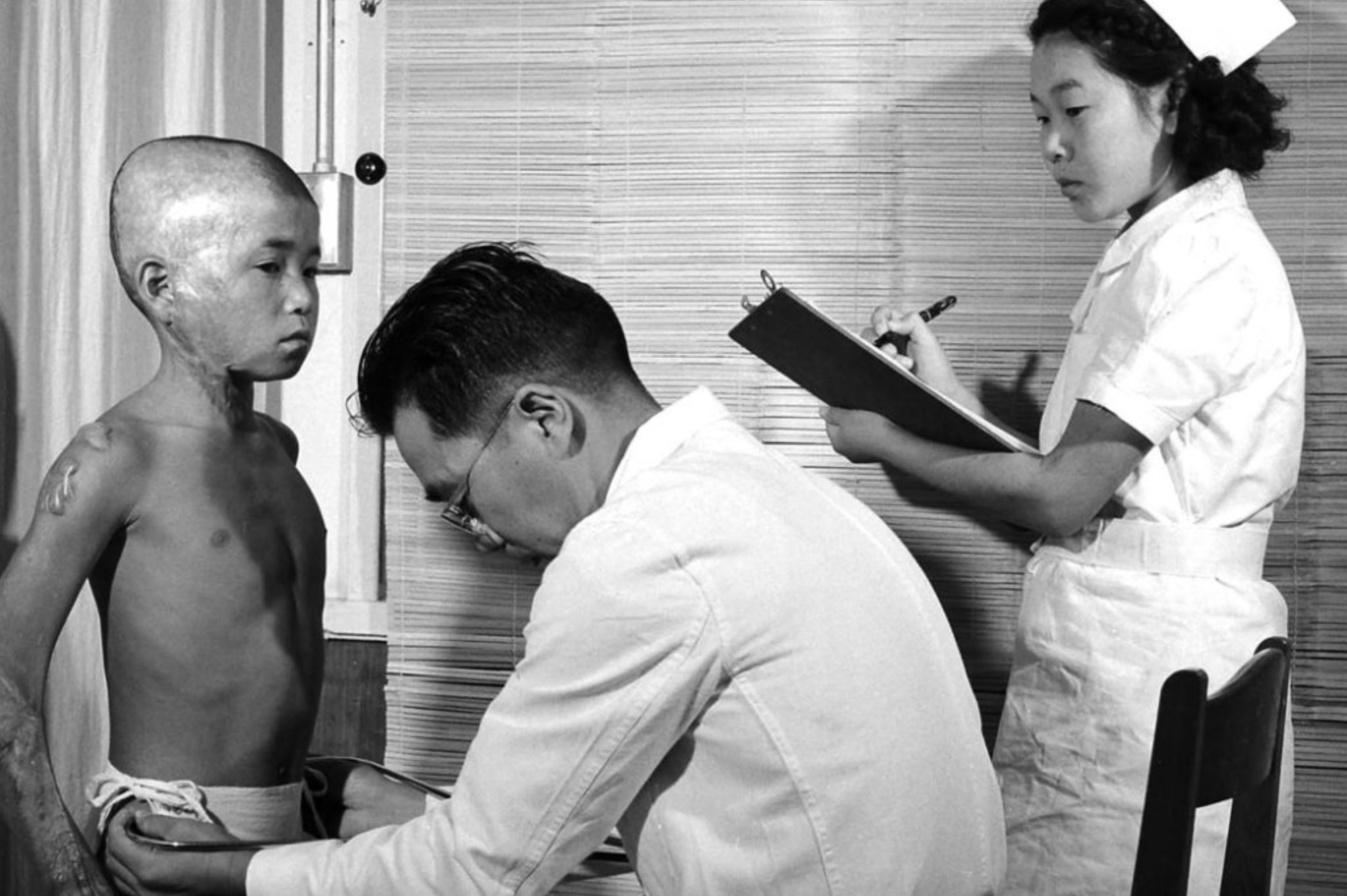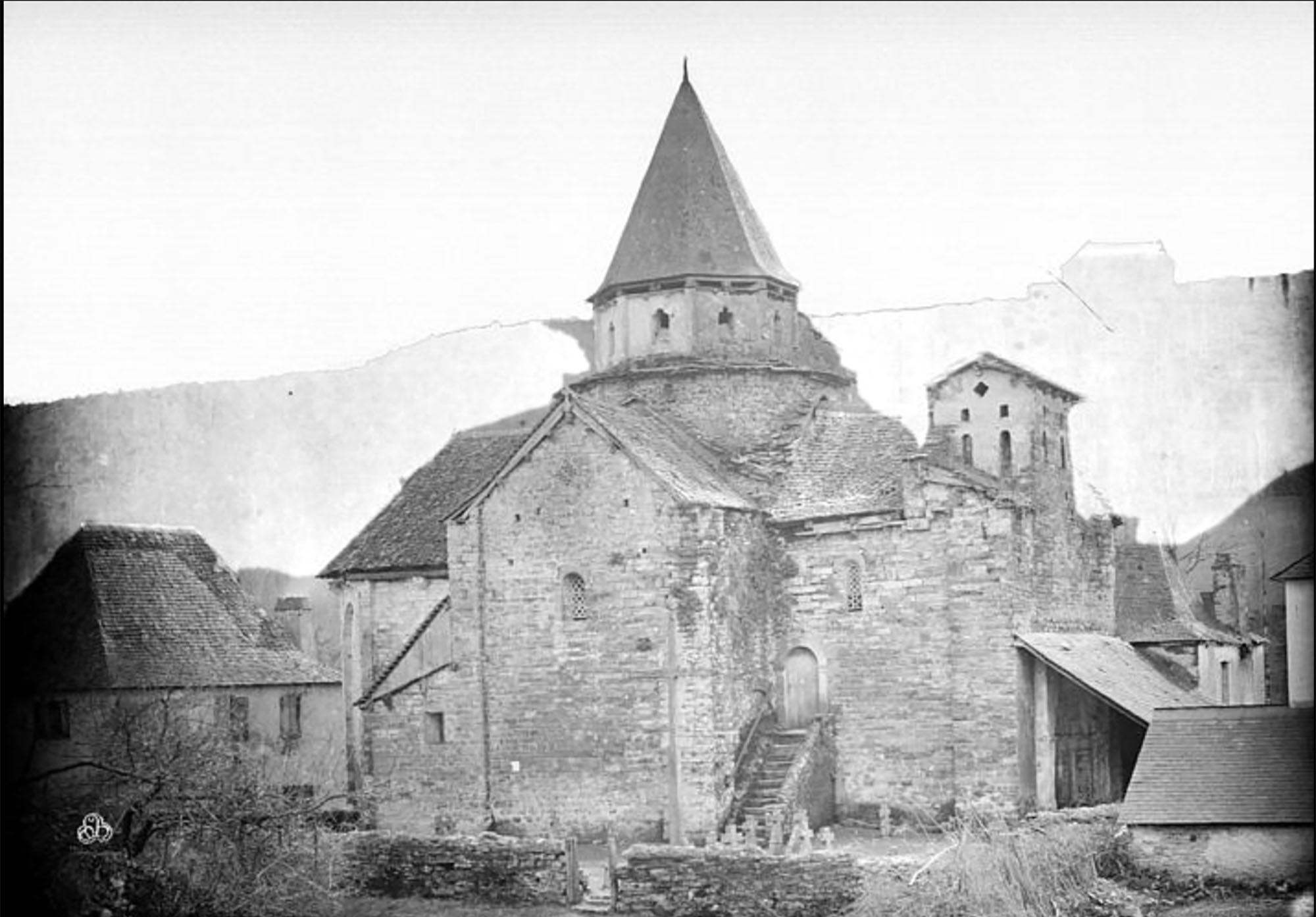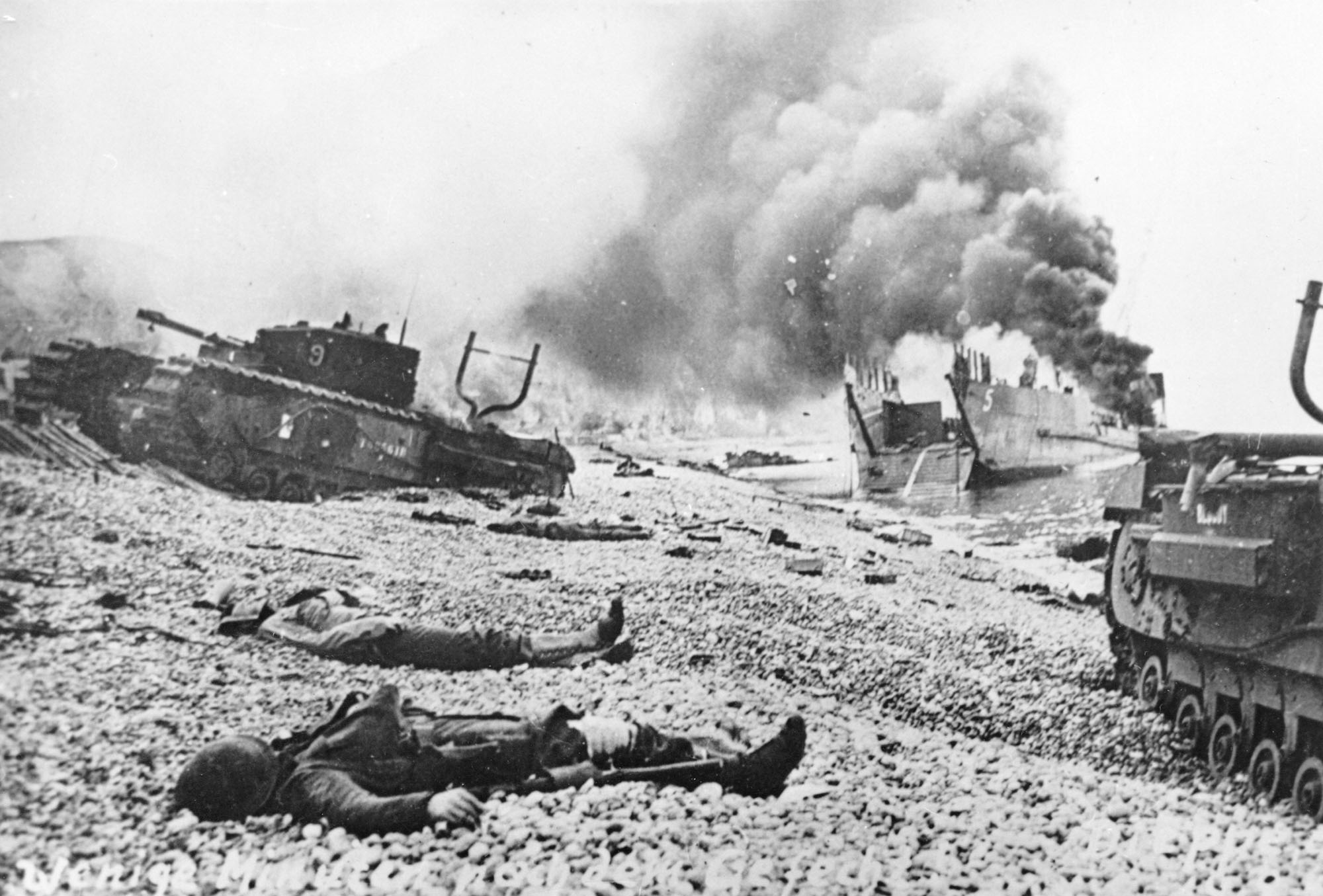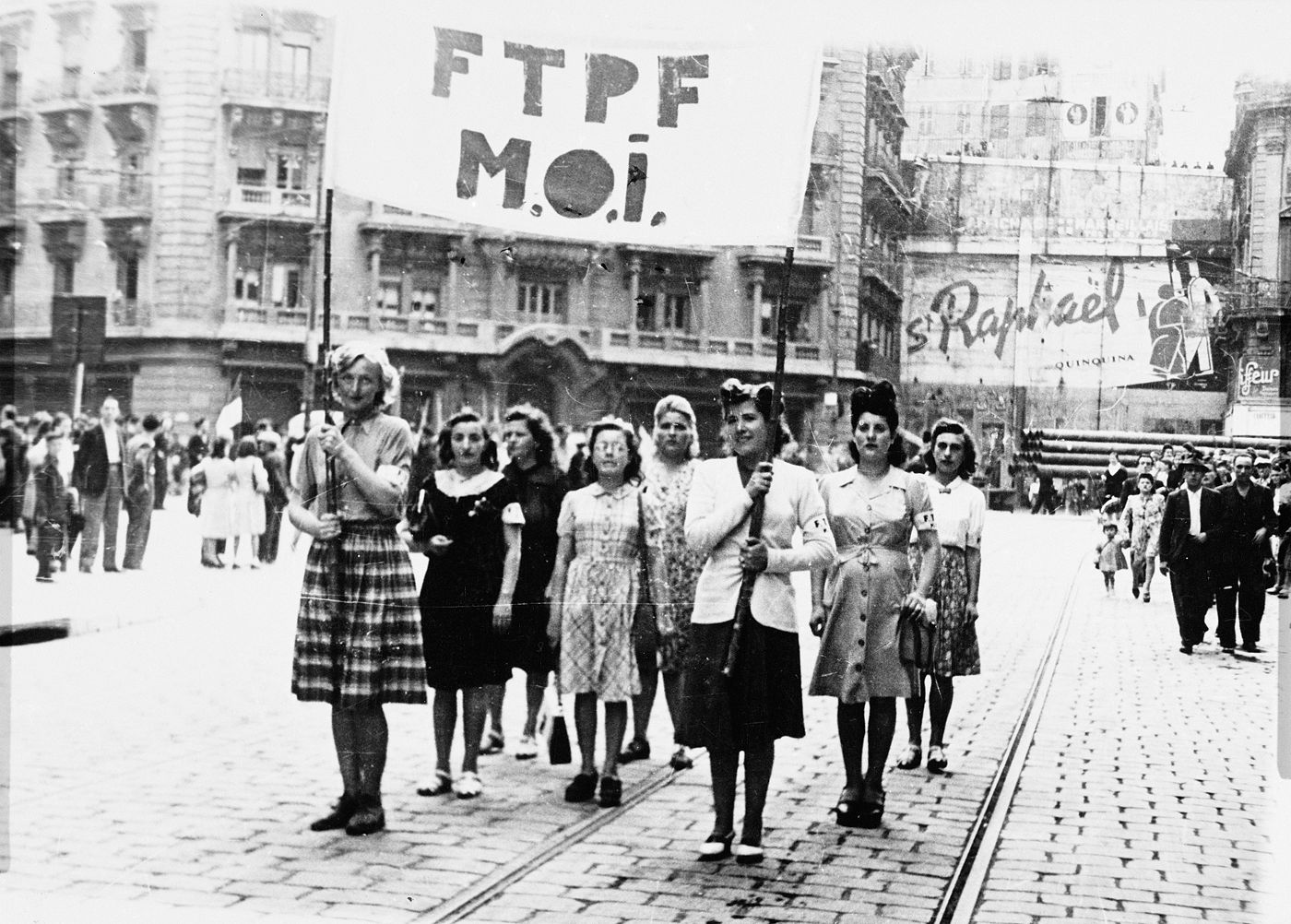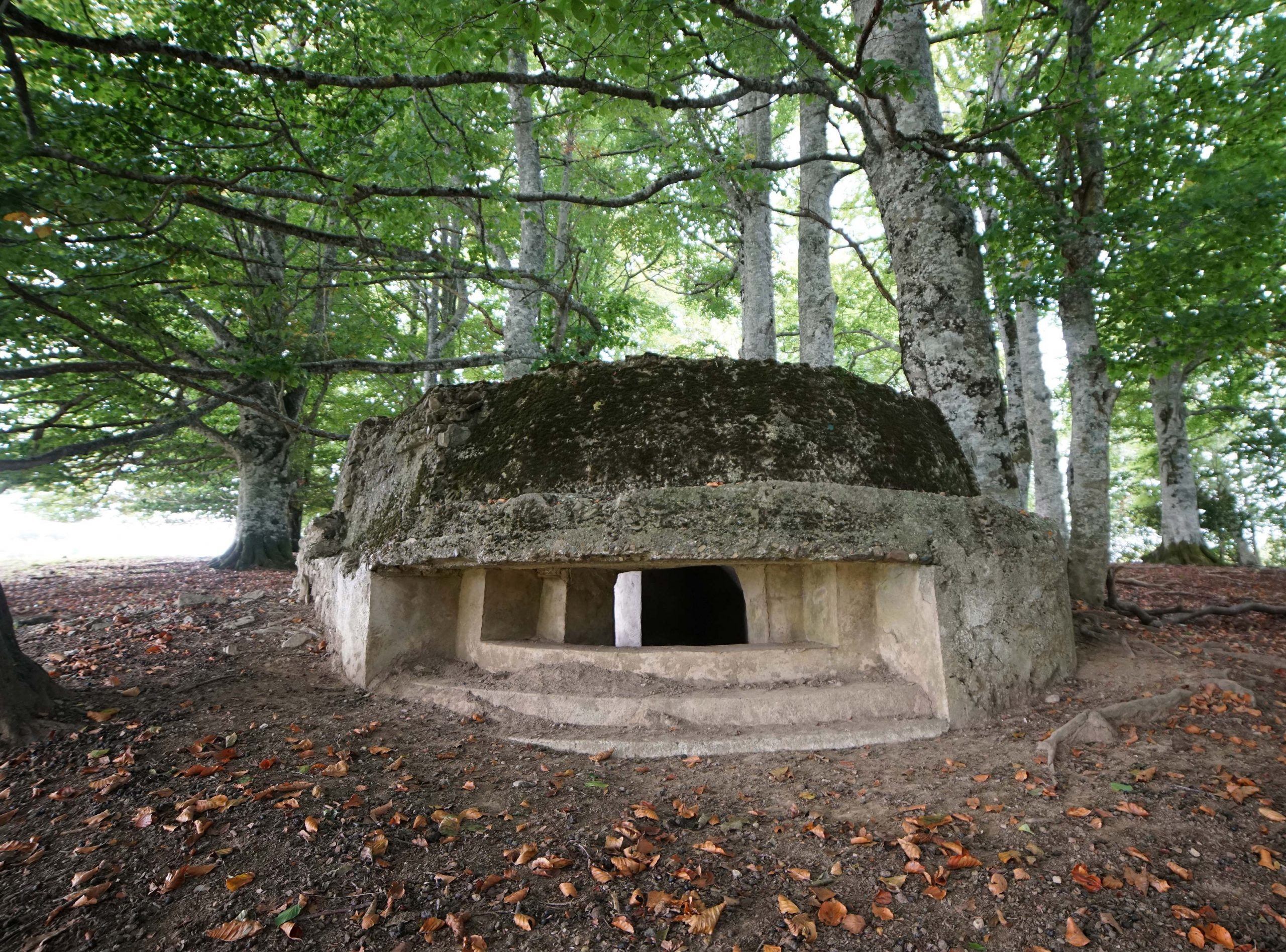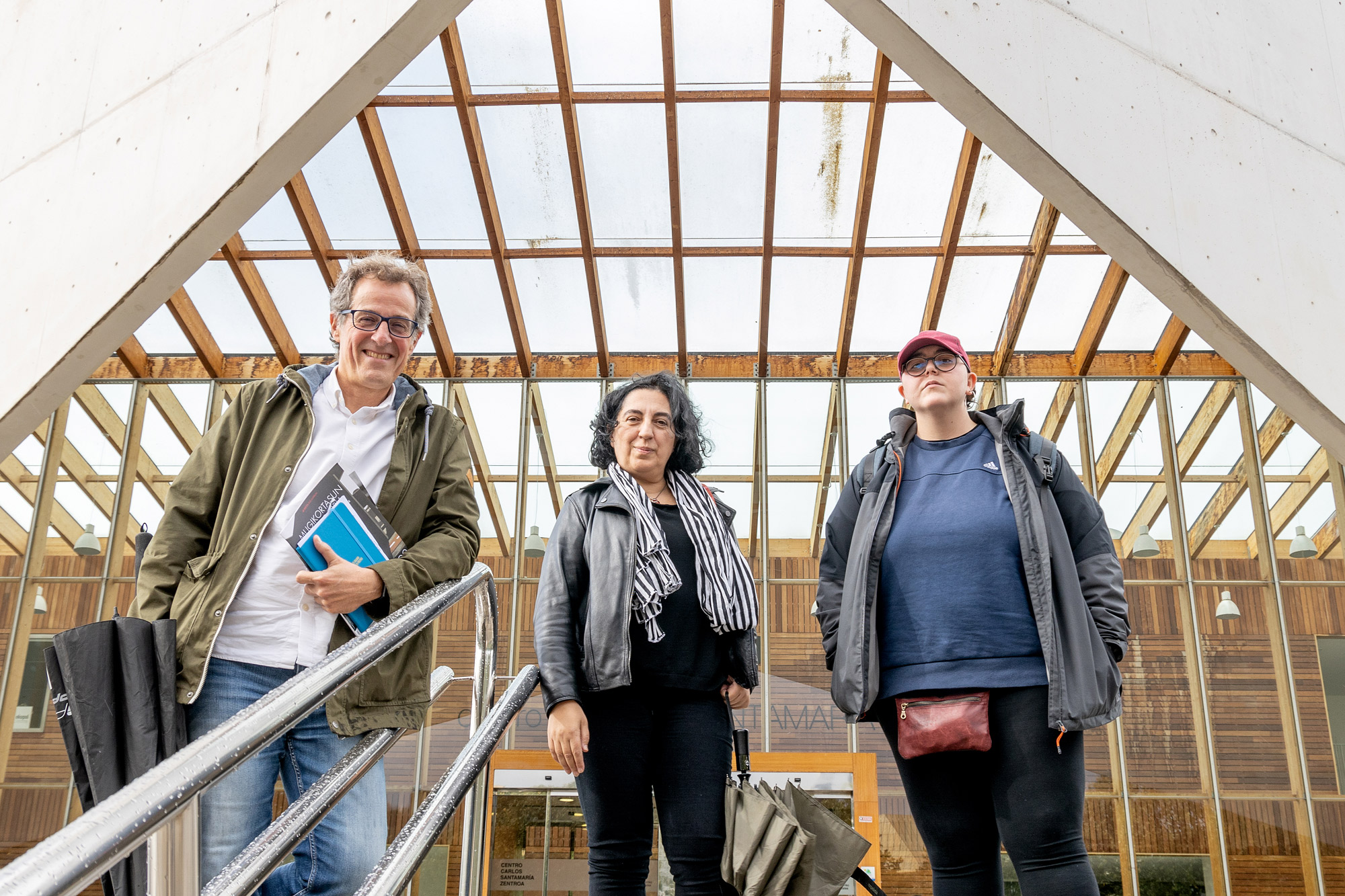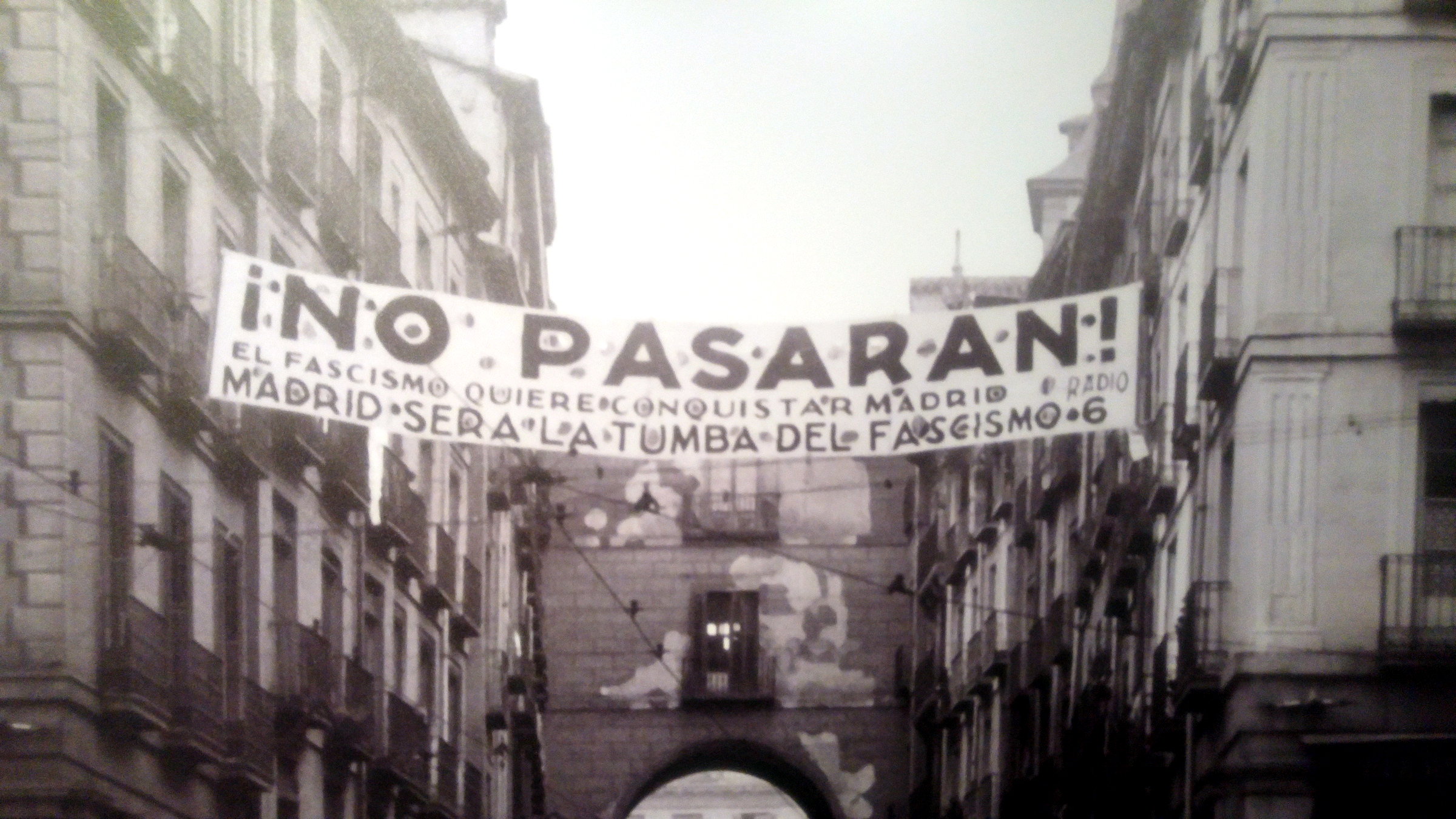Mussolini's travelling body
- Born 28 April 1945 The fascist dictator Benito Mussolini and his beloved Clara Petacci were shot after being caught by a group of communist partisans when they fled to Switzerland, where they were arrested by the Mossos d'Esquadra.
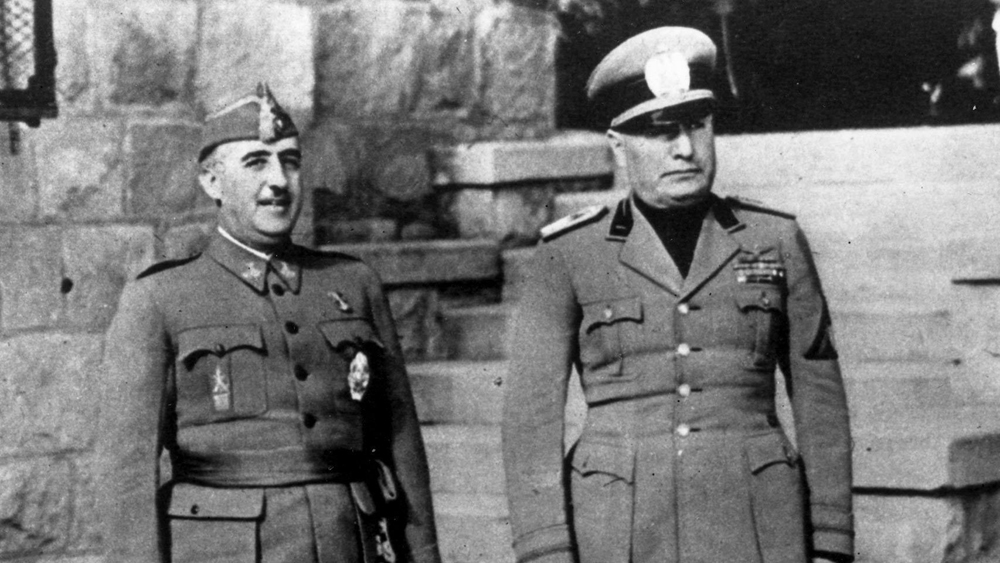
The following day, at the gas station at Plaza Loreta in Milan, the bodies were hanged upside down and handed over to the crowd.
A few days later, the National Liberation Commission decided to bury the dictator in an anonymous grave of the Central Cemetery of Milan so that he would not become the centre of pilgrimage for his followers. A year later, in April 1946, a group of fascists discovered the location of the corpse. They stole Mussolini's fingerprints and put them in the trunk of a car, not knowing for sure what to do with them.
The situation (and the stench) was untenable, so they decided to leave a priest from the convent of Sant’Angelo. At first, the priest did not say anything, but when the robbery was heard, he told the Archbishop of Milan that there was the corpse of the dictator. The high office of the Church went directly to the Government. He then secretly moved the body to another convent on the outskirts of the city, the Cerro Maggiore.
But even there, it couldn't stand for a long time. They were buried in a hurry under the altar, so those who had approached to hear Mass began to feel stench, and those in charge of the convent threw Ducea into the closet of a room that was rarely used. It remained there until 1957.
That year, the government was subjected to the demands of the family, took Mussolini out of the closet and buried him in the family chapel of Predappio, his hometown. There she is today, and every year thousands of curious and fans approach her. At least it is not in a solemn monument, and as in 1952 the Italian Government legally prohibited the exaltation of fascism, if it were considered that the pilgrimage breaks the law, measures could be taken, as they did in 2011 in Germany with the footprints of Rudolph Hess.
Hitler's side died in Spandauk prison in 1987 and since then he had been buried in the cemetery of the village of Wunsiedel. In summer 2011, the tomb was destroyed and the bones of Hesse were exhumed, incinerated and thrown into the sea.
Meanwhile, in the Valley of the Fallen of the Madrid municipality of San Lorenzo del Escorial, the heritage conserved with...
Porzheim, Germany, February 23, 1945. About eight o’clock in the evening, Allied planes began bombing the city with incendiary bombs. The attack caused a terrible massacre in a short time. But what happened in Pforzheim was overshadowed by the Allied bombing of Dresden a few... [+]
Japan, 6 and 9 August 1945, the United States launched an atomic bomb causing tens of thousands of deaths in Hiroshima and Nagasaki; although there are no precise figures, the most cautious estimates indicate that at least 210,000 people died at the end of that year. But in... [+]
Born 27 June 1944. The German soldiers carried out a raid on a small town of about 80 inhabitants of Zuberoa. Eight people died on the spot and nineteen were arrested, all civilians, nine of whom would be deported and only two would survive from the concentration camps in which... [+]
Normandy. 6 June 1944. They started operation Overlord: Thousands of British, American and Canadian soldiers landed on the beaches of Normandy to drastically change the course of the Second World War and, therefore, history. Or at least that's what we've been told a few days ago,... [+]
Genocide is unfortunately a fashionable word. According to Rafael Lemkin’s definition in 1946, genocide is defined as “actions aimed at the total or partial destruction of a national, ethnic, racial or religious group.” These actions may include “killing the members of... [+]
Karl Adolf Eichmann (Solingen, Imperio alemán, 1906 - Ramdel, Israel, 1962) foi o oficial superior das SS da Alemaña nazi, especialmente coñecido polo seu nomeamento como “responsable loxístico” da chamada Última Solución ou Última Solución. A planificación do... [+]









